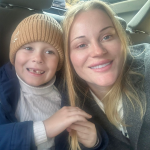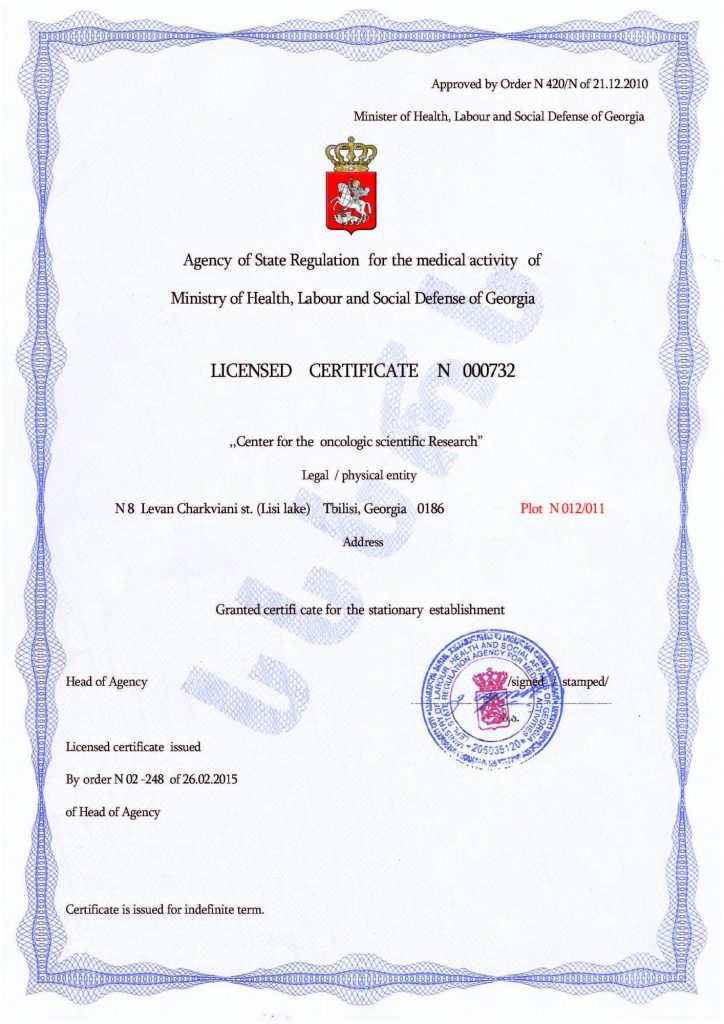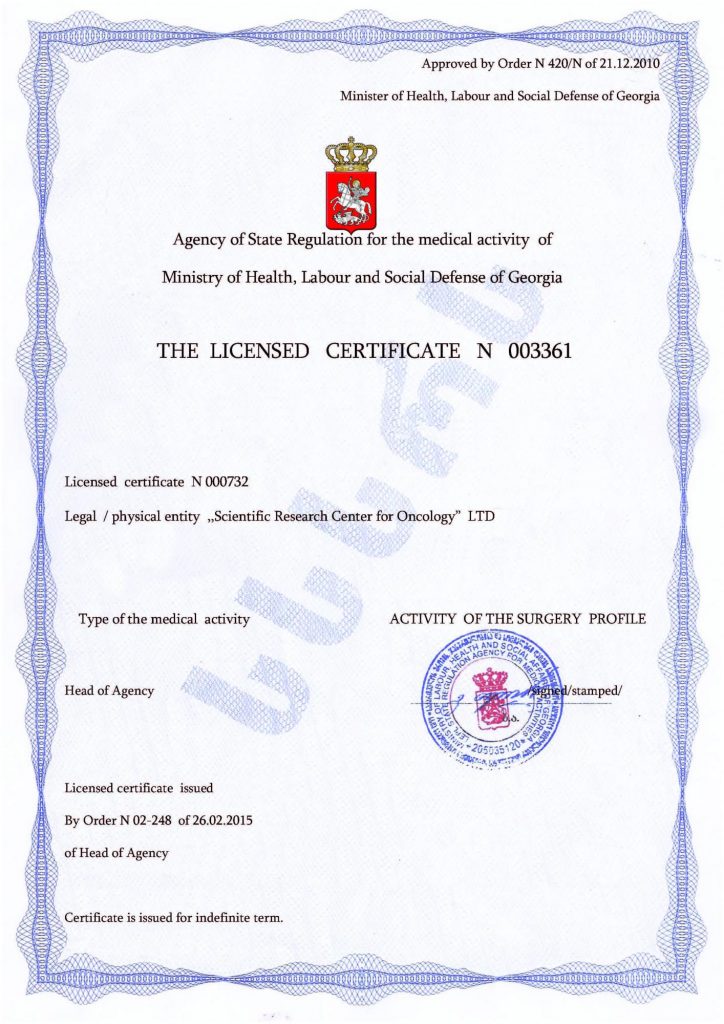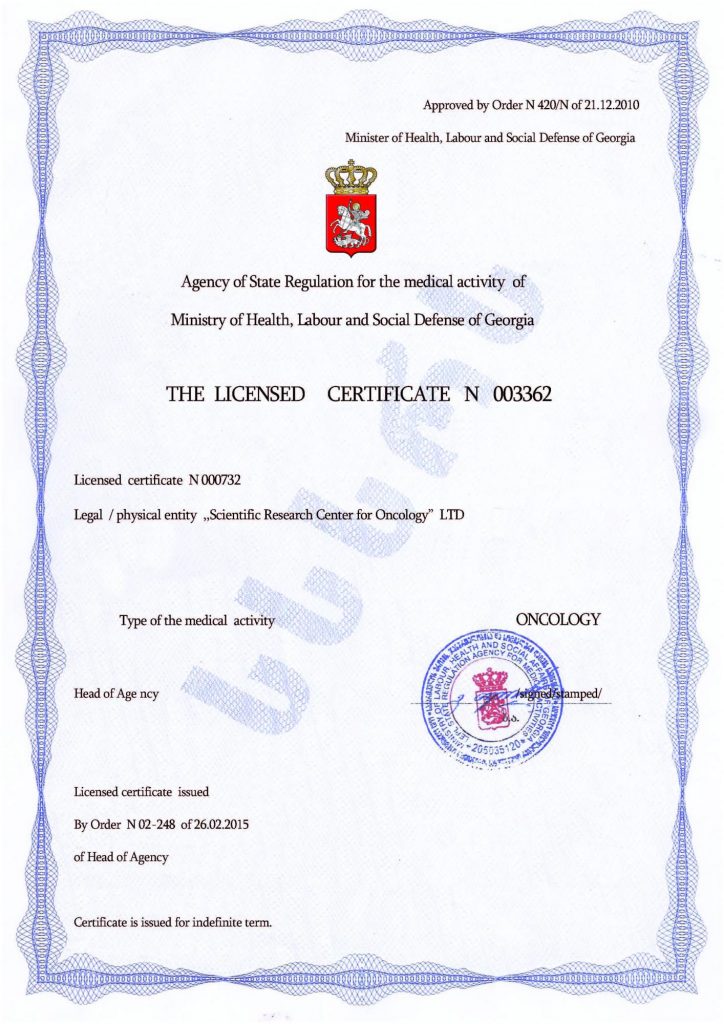Why Do Children with Autism Scream?
One of the most common socialization problems for children with autism is interpersonal communication. Children with autism spectrum disorders often communicate through screaming, which causes misunderstanding and judgment from others. Such a child may seem poorly raised, which leads to excessive worry for their parents. In reality, the reasons for screaming in children with autism are driven by individual characteristics.
Why Do Children with Autism Scream: Possible Reasons
- Lack of communication skills: Children with autism may struggle with communication and expressing their needs and emotions. Screaming can be one way they attempt to attract attention or express discomfort.
- Sensory overload: Some children with autism may be hypersensitive or hyposensitive to certain types of stimulation, such as sounds, light, or touch. Screaming can be a response to feelings of overload or discomfort.
- Emotional reactions: Children with autism can experience intense emotions that they may have difficulty controlling. Screaming may be a way for them to express joy, fear, frustration, or stress.
- Communicative intentions: Sometimes, screaming is used as a form of communication or an attempt to draw attention to something important to the child.
- Stress and maladaptation: Changes in routine, the environment, or unexpected situations can cause stress in children with autism, which may manifest as screaming.
Each child is unique, and the reasons for screaming may vary. To understand a specific situation, it is important to consider the context and the individual characteristics of the child with autism. Creating a supportive and structured environment can help reduce the need for screaming and maintain the child’s well-being.
How to Help a Child with Autism Communicate Without Screaming?
Teaching a child with autism not to scream may require patience, strategies, and understanding of their individual needs. To help the child, certain rules should be followed:
- Understand the reasons for screaming: It is important to understand why the child is screaming. Pay attention to the contexts in which the screaming occurs and try to identify what causes stress or discomfort.
- Teach alternative communication methods: Since screaming is often a form of communication for children with autism, help the child learn to use other methods such as gestures, pictures, symbols, or words to express their needs, emotions, or requests.
- Create a predictable and structured environment: Help the child feel more comfortable and confident by providing predictability in daily life. This can include creating a daily schedule, using visual cues, or giving warnings about upcoming changes.
- Teach self-regulation: Gradually help the child develop self-regulation skills that will help them manage their emotions and stress without the need for screaming. This may include using breathing exercises, meditation, or relaxation techniques.
- Support positive interaction through positive reinforcement: Encourage positive behavior and appropriate communication methods by using praise, support, and rewards. Positive interactions can motivate the child to use more adaptive strategies instead of screaming.
- Work with specialists: Working with teachers, therapists, or psychologists familiar with the needs of children with autism can provide additional strategies and support for the family and child.
Effective and Modern Autism Correction with Stem Cells
Improving a child’s communication, emotional state, and intellectual development can be achieved through stem cell therapy. The therapy consists of a simple procedure with two stages: the first involves taking stem cells from the child’s or close relatives’ bone marrow (blood brothers and sisters). The second stage is minimally invasive and involves introducing the selected cells directly into the patient. No rehabilitation is required. The first results can be observed within a few weeks after the procedure, and continue to improve for up to one year.
Stem cell therapy is the best method for correcting autism and ASD!
Autism Treatment Center Videos
Autism treatment with own stem cells
Cord blood association congress
International Quality Crown
Autism Treatment Reviews
Autism treatment with own stem cells
The story of Alessandro (6 years old)
Autism Patient Testimonial - Stem Cell Treatment
Clients Testimonials

Review by Anastasia, mother of Yusup (8 years old) Read More

Feedback from Nathalie, mother of Andre (9 years old) Read More

Feedback from Yulia, mother of Emily (7 years old) Read More

Feedback by Everita, Katrina’s mother (5 years old) Read More
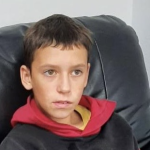
Feedback from Igor, David’s father (12 years old) Read More
